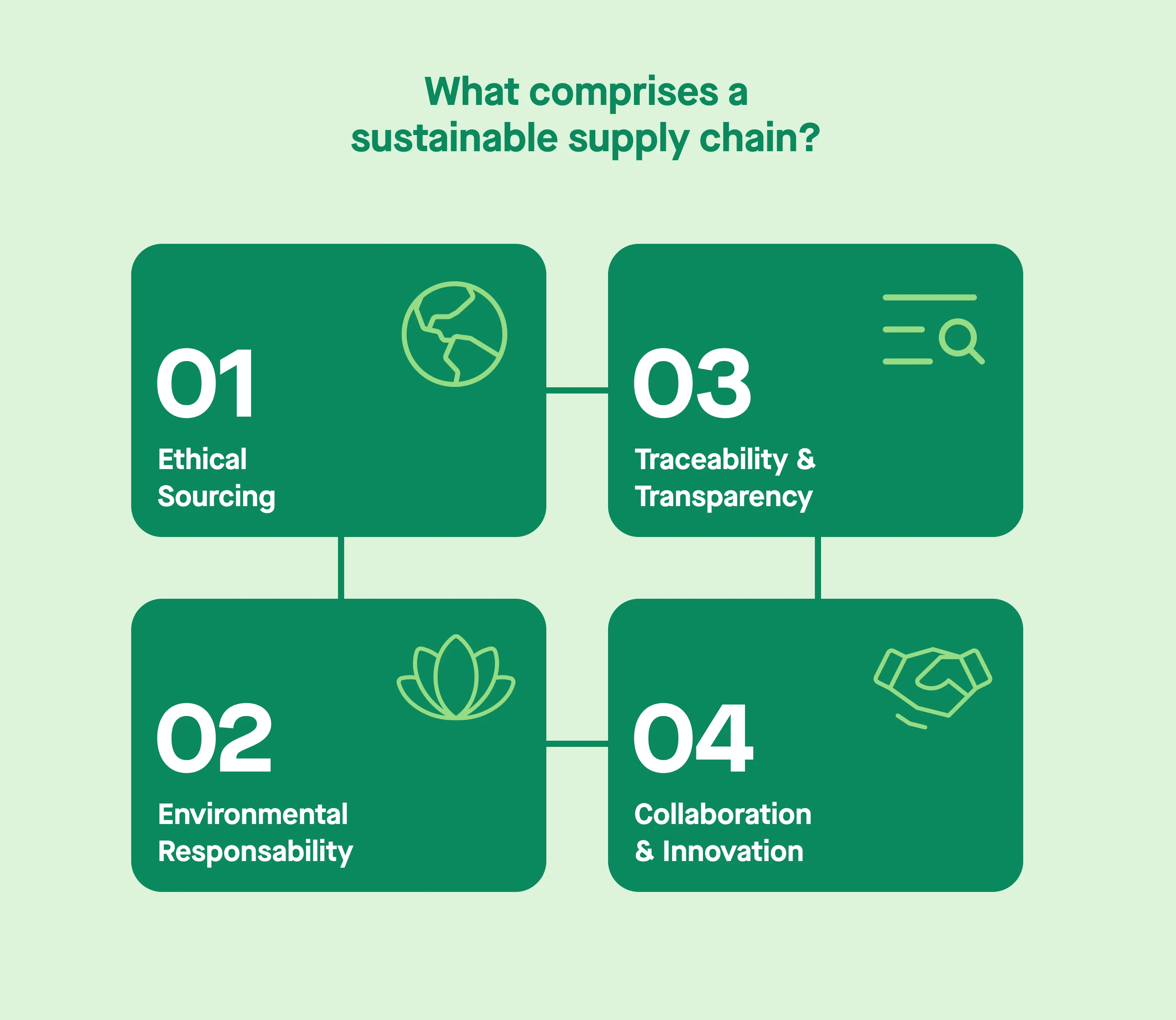The Triple Bottom Line (TBL) concept is revolutionizing how businesses define and measure success. Businesses that adopt the Triple Bottom Line framework contribute to economic growth by compensating employees fairly, supporting local suppliers, fostering innovation, and making ethically responsible financial decisions. Traditionally, business success was evaluated solely by financial performance. However, the Triple Bottom Line framework expands this view by emphasizing the equal importance of social and environmental impacts. This paradigm shift aligns with sustainable business strategies, encouraging organizations to integrate economic goals with efforts that positively impact people and the planet. By adopting the Triple Bottom Line approach, businesses foster shareholder value while positioning themselves as leaders in sustainability and responsible growth.
Definition and Concept
The Triple Bottom Line (TBL) is a transformative business concept that broadens the traditional focus on financial performance to include social and environmental impacts. Introduced by John Elkington in 1994, the TBL concept challenges companies to evaluate their success not just by the bottom line of profit, but also by their contributions to society and the environment. This holistic approach to business performance underscores the importance of sustainable practices that benefit future generations. By measuring social and environmental impact alongside financial metrics, companies can develop more comprehensive and responsible business strategies that align with the growing global emphasis on sustainability.

Understanding the Three Ps of the Triple Bottom Line model
At the core of the Triple Bottom Line framework are the three Ps: profit, people, and planet. These interconnected pillars guide businesses in adopting practices that balance economic prosperity with social equity and environmental stewardship.
Profit: Redefining financial success
While profit remains vital for business survival and financial performance, the Triple Bottom Line approach calls for a broader perspective. According to an article by Elkington in the Harvard Business Review, the framework is often misapplied as a mere accounting tool rather than a transformative approach to capitalism. Companies are urged to evaluate the sustainability and ethical implications of their revenue generation. Traditional metrics like profit margins and return on investment remain relevant, but they are supplemented by considerations such as supply chain ethics, eco-friendly practices, and long-term value creation.
People: Prioritizing human capital
The “people” pillar emphasizes the importance of human capital in achieving sustainable growth. Businesses must consider employee welfare, community engagement, and societal impact. Prioritizing people means fostering inclusive workplace environments, upholding fair labor practices, and contributing to community development. By doing so, businesses contribute to economic growth by fostering inclusive workplace environments, upholding fair labor practices, and contributing to community development. Companies that value human capital not only strengthen their reputation but also build loyal, productive teams that enhance business success.
Planet: Preserving environmental capital
The “planet” component underscores the need for businesses to address environmental concerns and improve environmental performance. This involves reducing carbon footprints, minimizing waste, and conserving resources. Companies adopting eco-friendly initiatives contribute to protecting environmental capital, ensuring long-term sustainability for both the organization and the global ecosystem.
Implementing the Triple Bottom Line
Implementing the Triple Bottom Line approach requires a deep commitment to sustainability and a strategic integration of social and environmental considerations into all aspects of business operations. Companies must set clear sustainability goals and develop robust sustainable business strategies to achieve them. This involves not only reducing energy consumption and minimizing waste but also fostering positive relationships with business partners and communities. Measuring and reporting on social and environmental impact are crucial steps in this process, as they provide transparency and accountability. By adopting the Triple Bottom Line approach, businesses can ensure that their operations contribute to a sustainable future while maintaining strong financial performance.
Benefits and Challenges
The benefits of implementing the Triple Bottom Line approach are manifold. Companies often experience improved financial performance, as sustainable practices can lead to cost savings and operational efficiencies. Additionally, a strong commitment to environmental responsibility and social equity enhances a company’s reputation and brand image, attracting customers who value ethical business practices. For instance, Patagonia, an outdoor apparel company, has seen significant increases in sales and revenue since implementing its environmental responsibility program.
However, there are challenges associated with the Triple Bottom Line approach. Measuring and reporting on social and environmental impact can be complex and resource-intensive. Companies need to gather extensive data and develop new metrics to accurately assess their performance in these areas. Balancing financial, social, and environmental responsibilities also presents difficulties, as businesses may face trade-offs between different goals. For example, investing in new sustainable technologies might conflict with short-term profit objectives.
Despite these challenges, many companies find that the benefits of the Triple Bottom Line approach outweigh the costs. By integrating social and environmental considerations into their business operations, companies can enhance their financial performance, build stronger brand loyalty, and contribute to a more sustainable future. The Triple Bottom Line framework not only helps businesses address pressing environmental concerns but also positions them as leaders in the global movement towards sustainability.
Measuring the Triple Bottom Line: A practical approach
Successfully implementing the Triple Bottom Line framework requires robust systems to measure financial, social, and environmental impacts. While economic indicators are well-established, quantifying social and environmental metrics demands innovative tools and methodologies.
Financial performance and profit metrics
Profit remains a fundamental indicator of business health. The Triple Bottom Line, however, expands this scope by incorporating ethical considerations into financial metrics. According to an article in the Harvard Business Review, ethical considerations in financial metrics are crucial within the Triple Bottom Line framework. Companies are increasingly analyzing how their profits align with sustainable business strategies and the broader goals of ethical sourcing, resource conservation, and long-term resilience.
Social impact and human capital metrics
Measuring the “people” aspect involves assessing factors like employee satisfaction, diversity, and community contributions. Key metrics may include turnover rates, workforce engagement scores, and participation in social initiatives. ESG (Environmental, Social, and Governance) platforms provide valuable tools for tracking and improving these metrics, enabling companies to make informed decisions that benefit their human capital and positively impact society.
Environmental concerns and performance metrics
The “planet” pillar requires companies to monitor their environmental performance through data on energy consumption, waste management, and carbon emissions. ESG platforms also play a crucial role here, helping businesses track their progress toward sustainability goals. Transparent reporting of environmental data not only meets consumer and regulatory expectations but also bolsters investor confidence.
The Expanding role of CFOs in sustainability
In the past, CFOs focused primarily on financial performance, overseeing budgets, cash flow, and profitability. However, as the global focus on sustainability intensifies, CFOs are now integrating extra-financial data—including social and environmental metrics—into their responsibilities. This shift aligns with the principles of the United Nations Sustainable Development Goals, encouraging businesses to adopt more holistic approaches to growth.
Financial and extra-financial integration
Today’s CFOs analyze both traditional financial data and metrics tied to the Triple Bottom Line framework. By linking financial strategies with sustainable business strategies, CFOs enable their companies to make informed investments that balance profitability with positive societal and environmental outcomes. This integration strengthens business resilience, ensuring that operations align with evolving global expectations.
The Role of the Triple Bottom Line in sustainable procurement
Sustainable procurement is an essential area where the Triple Bottom Line framework is transforming business practices. By incorporating Triple Bottom Line principles into procurement decisions, companies can extend their commitment to the three Ps across their entire supply chain.
Evaluating suppliers with a Triple Bottom Line lens
Under the Triple Bottom Line approach, procurement is no longer evaluated solely on cost and quality. Companies are now prioritizing suppliers that uphold ethical labor standards, reduce carbon emissions, and source materials responsibly. This commitment to sustainability not only enhances transparency but also ensures that the supply chain aligns with broader goals of environmental performance and social responsibility.
Strengthening supplier relationships
Adopting sustainable procurement practices fosters trust and collaboration between businesses and their suppliers. This alignment with Triple Bottom Line principles positively impacts brand reputation, mitigates risks, and ensures compliance with environmental and labor regulations.

Business advantages of adopting the Triple Bottom Line
Companies that embrace the Triple Bottom Line framework unlock numerous benefits, ranging from enhanced financial performance to improved social and environmental outcomes. These advantages position businesses for long-term success while addressing pressing global challenges.
Enhancing brand reputation and customer loyalty
Consumers increasingly favor brands that demonstrate responsibility toward people and the planet. By adopting the Triple Bottom Line approach, businesses can differentiate themselves as ethical leaders, building trust and loyalty among customers.
Attracting and retaining human capital
A focus on human capital strengthens employee engagement and morale. Companies committed to Triple Bottom Line principles often attract top talent, creating a motivated workforce that contributes to business success and reduces costs associated with turnover and training.
Driving operational efficiency and cost savings
Sustainable practices, such as energy efficiency and waste reduction, lead to significant cost savings. These initiatives not only improve environmental performance but also enhance overall operational efficiency, contributing to stronger financial results. Additionally, sustainable practices contribute to economic growth by fostering innovation and supporting local suppliers.
Mitigating risks and ensuring regulatory compliance
The Triple Bottom Line framework helps companies proactively address environmental concerns and social responsibilities, reducing exposure to regulatory penalties. Meeting these requirements strengthens stakeholder trust and ensures business continuity.
Accessing investment opportunities
Investors are increasingly drawn to companies that demonstrate strong ESG commitments. By aligning with Triple Bottom Line principles, businesses can attract socially responsible investors, secure capital, and strengthen their financial foundations.
The global influence of the United Nations Sustainable Development Goals
The United Nations Sustainable Development Goals serve as a global blueprint for addressing pressing challenges such as poverty, inequality, and climate change. The Triple Bottom Line framework aligns closely with these goals, encouraging businesses to adopt practices that contribute to sustainable development.
Synergies between the Triple Bottom Line and the SDGs
By incorporating Triple Bottom Line principles, businesses can directly support SDG objectives, such as reducing carbon emissions, promoting fair labor practices, and fostering innovation. These synergies not only address environmental concerns but also drive meaningful societal change, positioning businesses as global leaders in sustainability.
The Triple Bottom Line: A comprehensive pathway to sustainable growth
The Triple Bottom Line framework offers a strategic roadmap for achieving balanced, sustainable growth. By integrating financial performance, social equity, and environmental stewardship, companies can build resilient cultures that foster trust, innovation, and long-term success.
Positioning businesses for the future
As global expectations for ethical practices and sustainability continue to rise, the Triple Bottom Line approach equips businesses to navigate these challenges effectively. Leaders who embrace the Triple Bottom Line concept can ensure that their companies positively impact society while maximizing shareholder value.
Contributing to a sustainable future
By adopting the Triple Bottom Line framework, businesses can address pressing environmental concerns, invest in human capital, and strengthen their financial foundations. This holistic approach not only enhances business success but also empowers companies to contribute to a more sustainable and equitable world.
The Triple Bottom Line is more than a framework—it is a commitment to reshaping the future of business. By prioritizing profit, people, and the planet, companies can lead the way in fostering sustainable development and driving meaningful, positive change.



